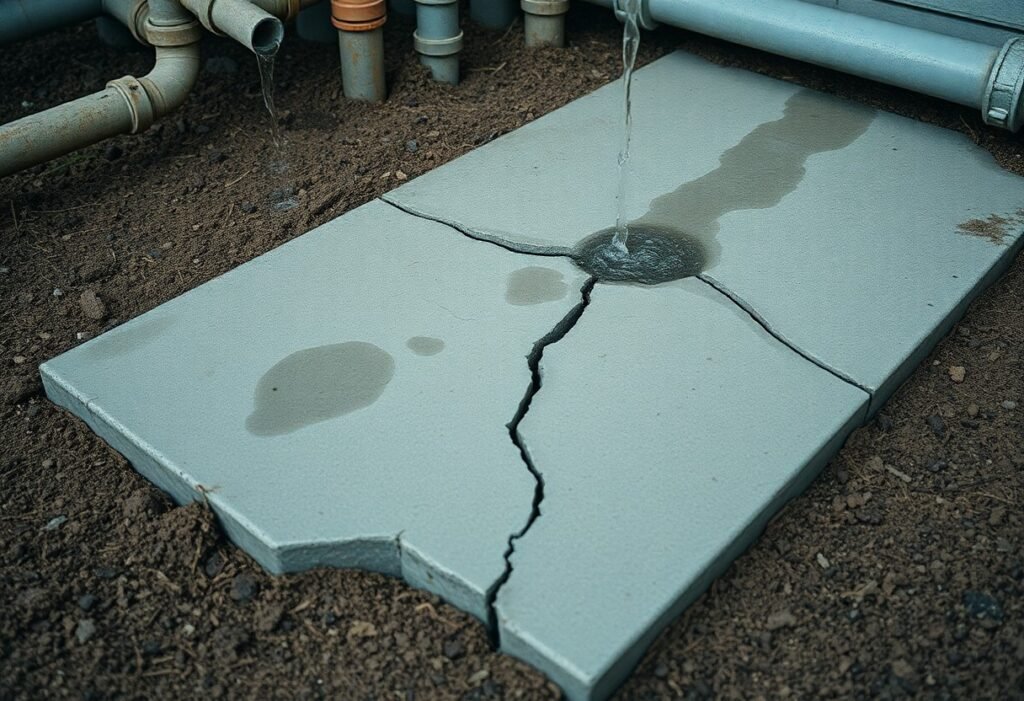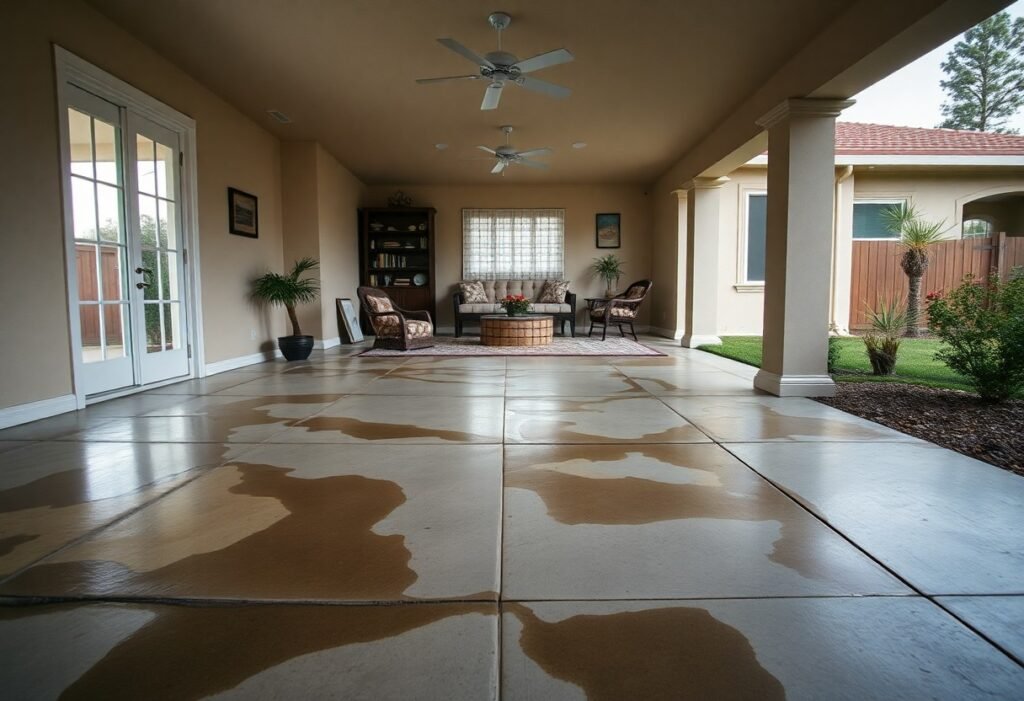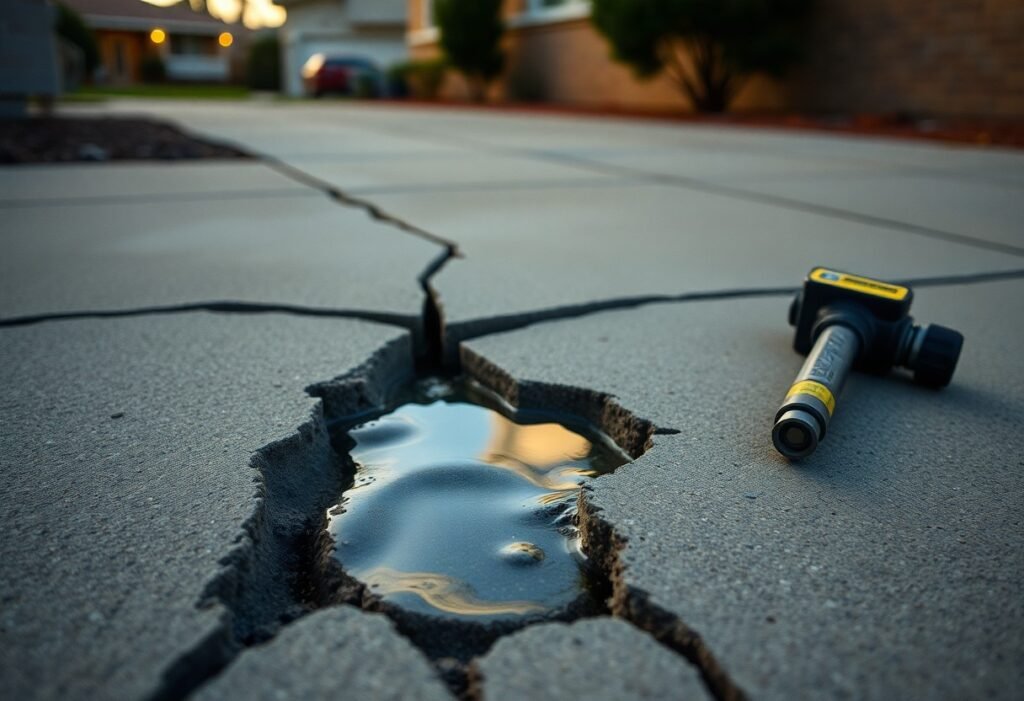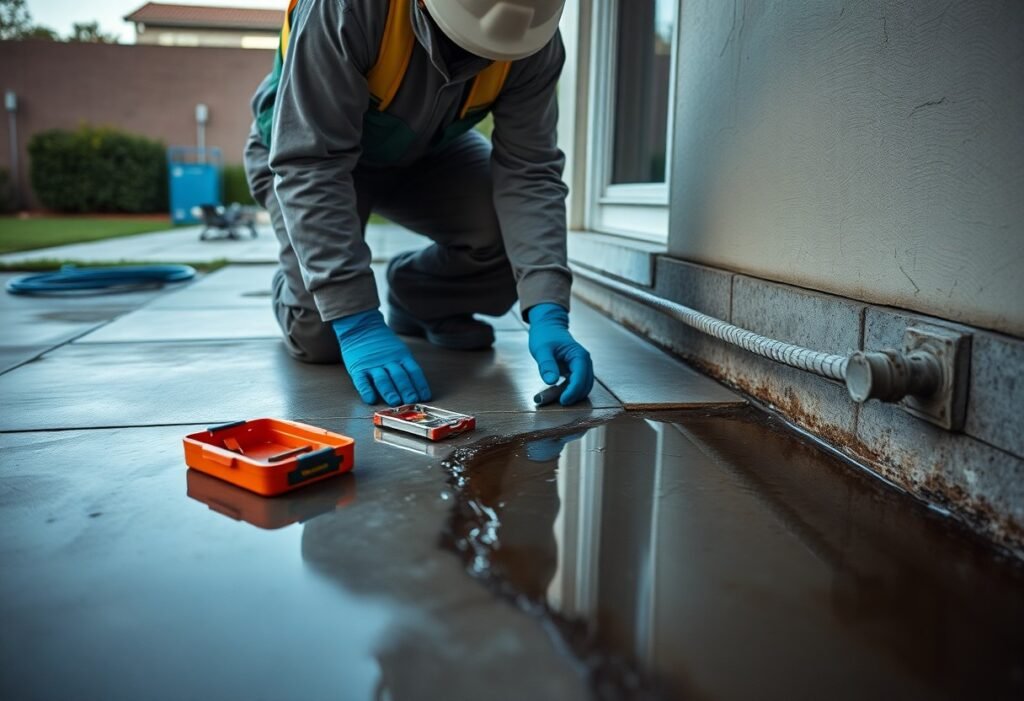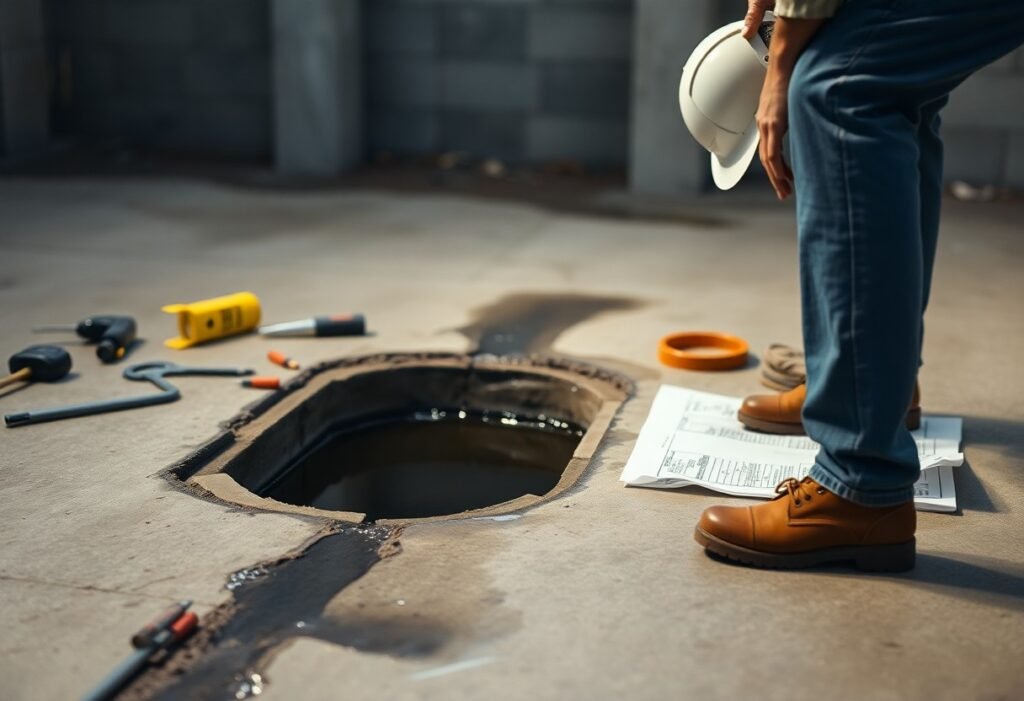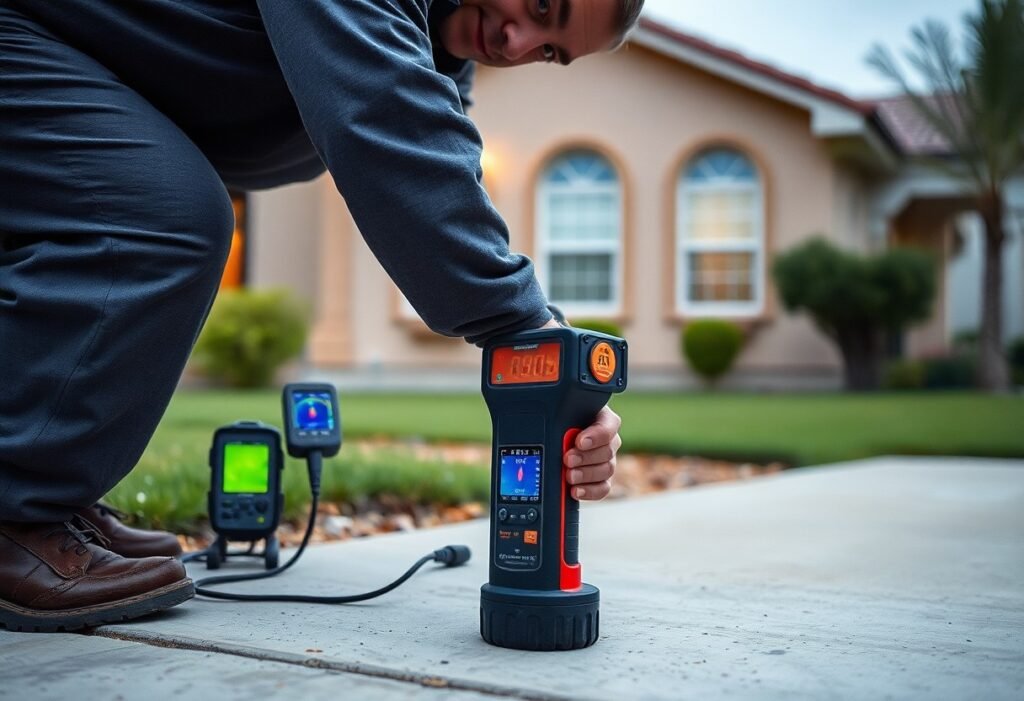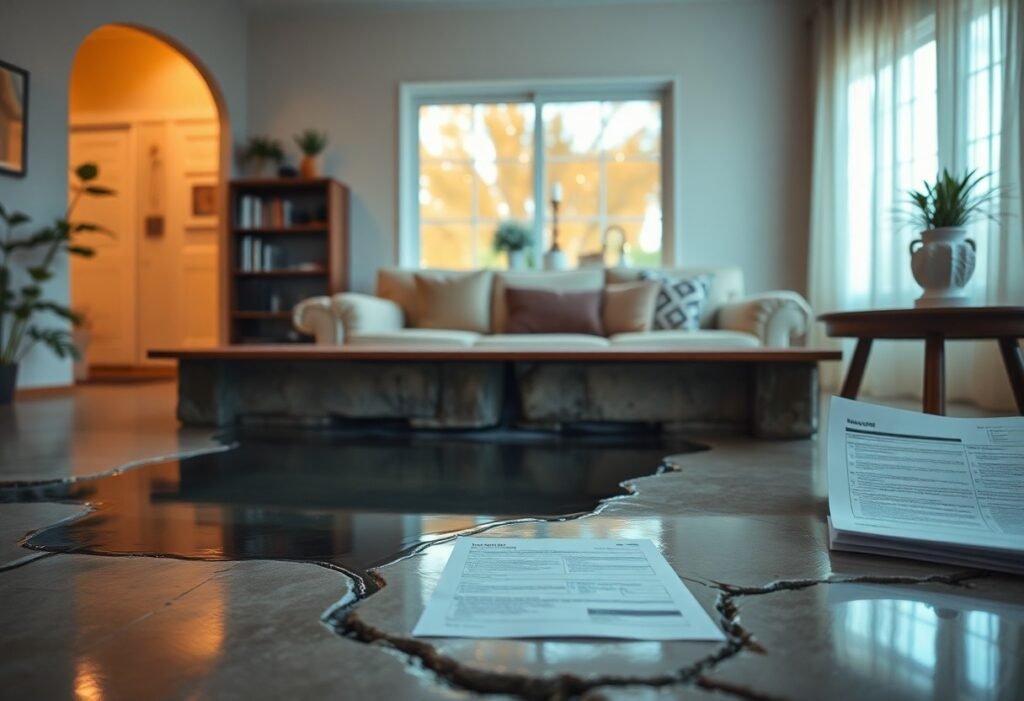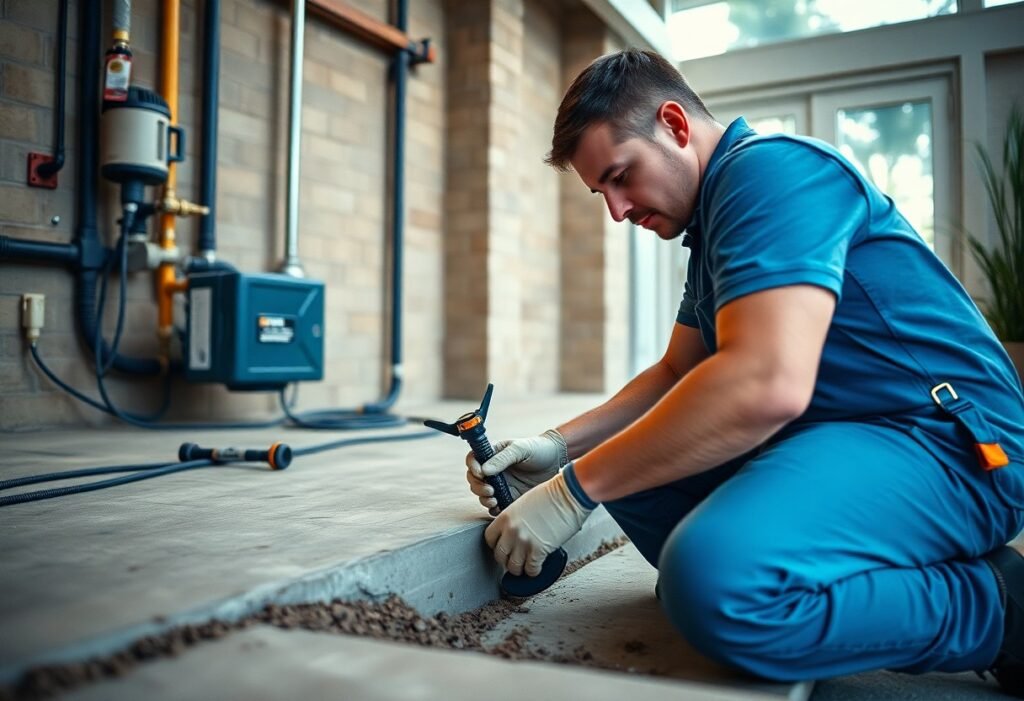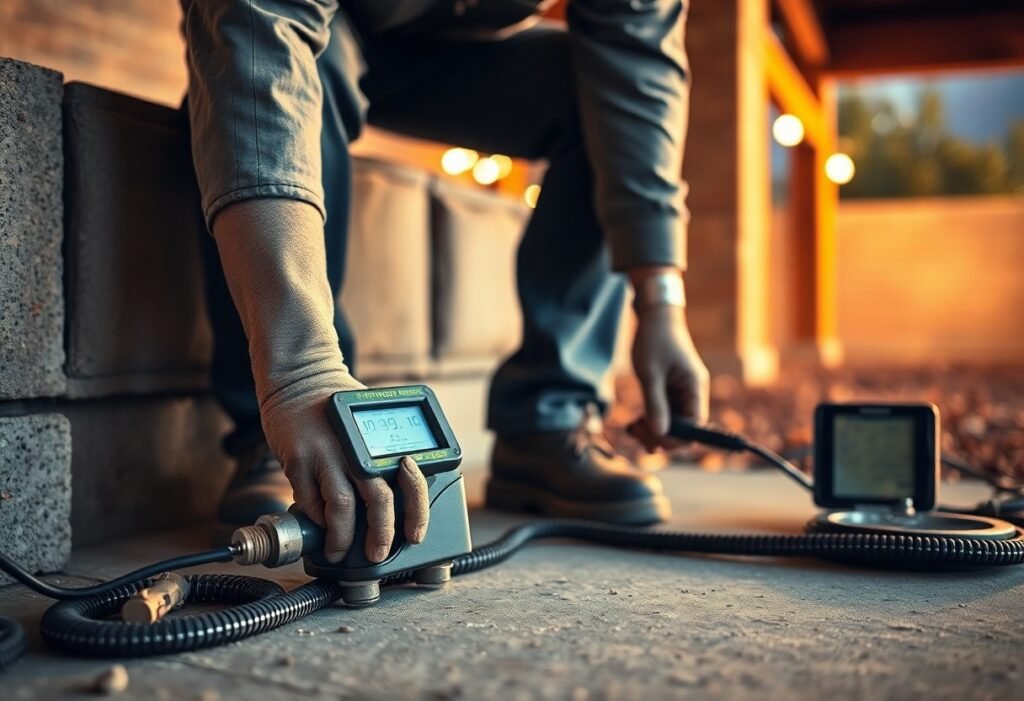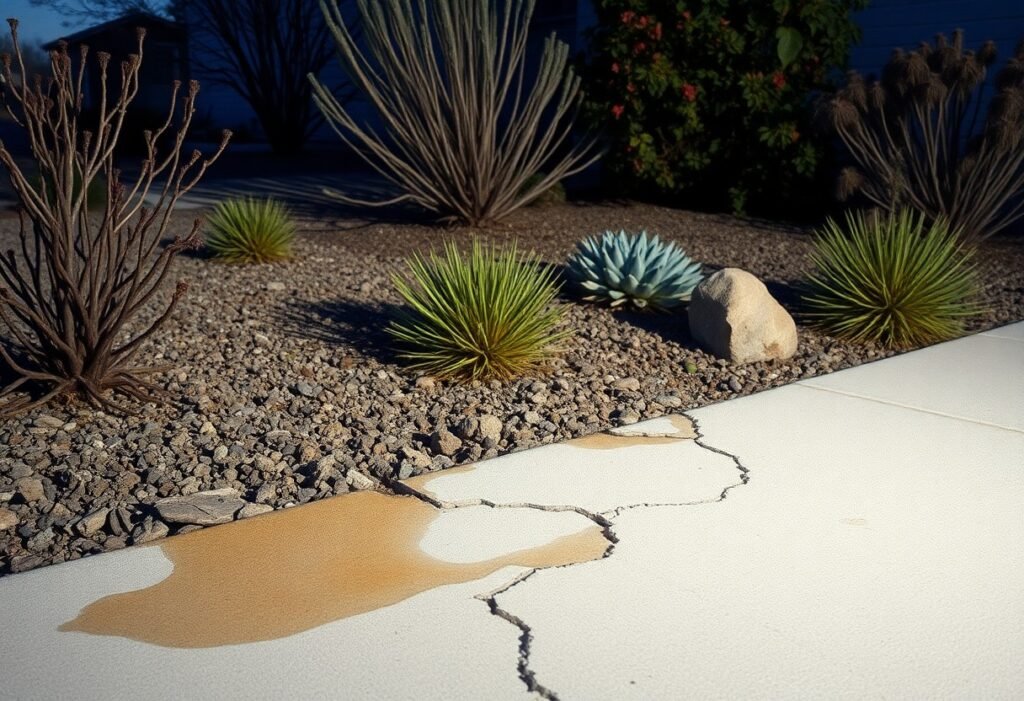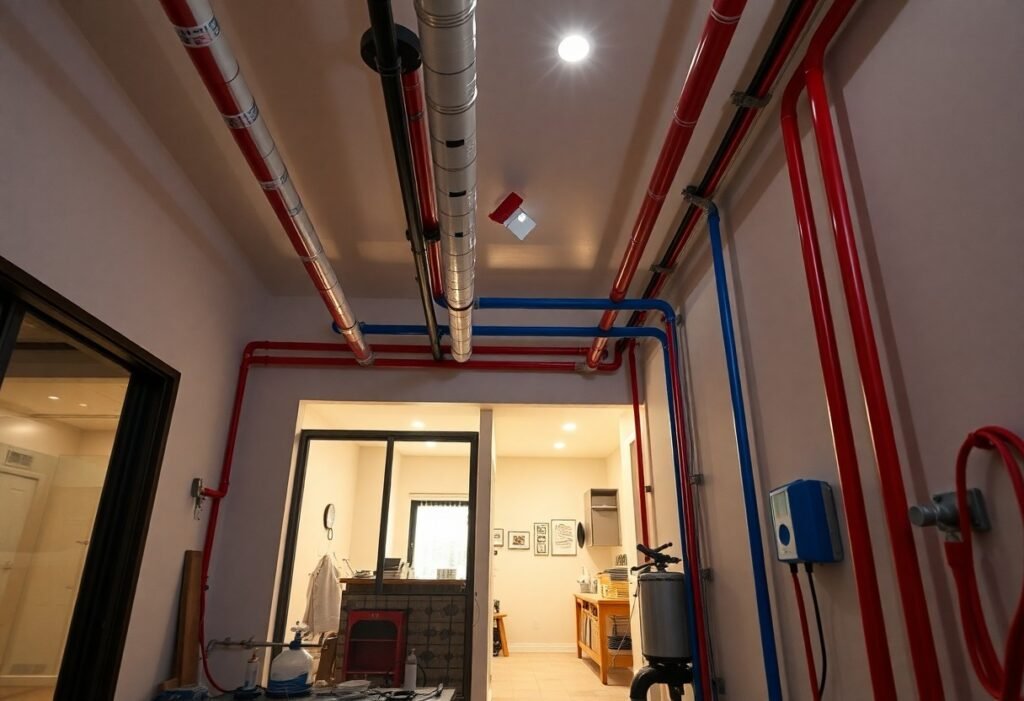Fullerton, California – Don’t Ignore These Warning Signs of a Slab Leak
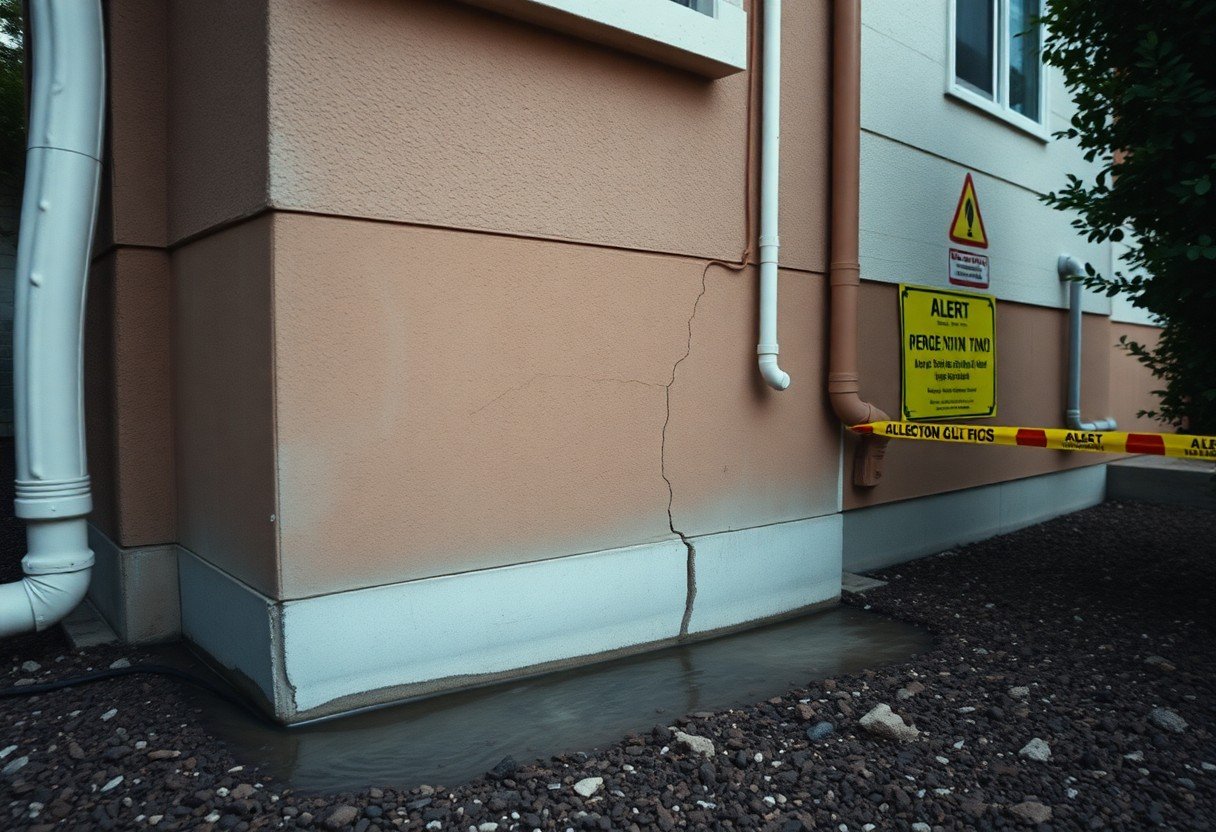
It’s vital to be proactive about the health of your home, especially when it comes to possible slab leaks. These leaks can cause significant damage to your foundation, leading to costly repairs if not addressed promptly. You may notice unexplained increases in your water bill, or even wet spots on your floors that could indicate a leak beneath the slab. In this blog post, we’ll go over the warning signs to watch out for, so you can protect your property and ensure your peace of mind.
Key Takeaways:
- Be observant of unexpected increases in water bills, as they may indicate a hidden slab leak.
- Watch for signs of water damage such as mold growth or damp spots on floors or walls, which can signal a potential leak beneath the slab.
- Regularly inspect your home for unusual changes in flooring or foundation, as these could point to shifting due to a slab leak.
Uncovering the Subtle Symptoms of a Slab Leak
Slab leaks can be insidious, often hiding beneath your home’s foundation while causing significant damage. You might notice a few subtle symptoms that could indicate a leak is present. Pay attention to your flooring; if you experience warm spots on tile or laminate, that could signify hot water leaking beneath. A mysterious musty smell could also point to water accumulation. You may be tempted to brush these signs off, but they often lead to much bigger and costlier issues if you don’t address them promptly.
The Importance of Early Detection
Detecting a slab leak early can save you from extensive damage and expensive repairs. When water seeps beneath your foundation, it can weaken structural integrity and create a breeding ground for mold, which poses health risks. Early intervention is your best ally; acting promptly can mitigate damage and ensure your home remains a safe and welcoming environment.
Visual Indicators to Watch For
When inspecting your home for potential slab leaks, be on the lookout for specific visual indicators. Cracks appearing in walls or flooring, especially around door frames or windows, can signal instability. Also, monitor for signs of excess moisture, such as bubbling paint or damp patches on your drywall. If your floors are suddenly uneven or you notice water pooling in unexpected places, it’s time to investigate further before the problem escalates.

The Soundtrack of a Leak: Noises that Signal Trouble
Odd sounds coming from under your flooring can be a red flag for slab leaks. These noises often alternate between gurgling, hissing, or the sound of running water, indicating that pipes may be compromised. Remaining vigilant for these sounds will help you address potential plumbing issues early, preventing costly repairs later on. For a deeper understanding, check out this article on 7 Symptoms of Slab Leaks.
Unusual Water Sounds Beneath Your Feet
If your home plays an unexpected symphony of water-related sounds, pay close attention. Gurgling noises when you flush toilets or run sinks could mean water is escaping from underground pipes. These sounds shouldn’t be dismissed, as they indicate a potential leak beneath your foundation that requires immediate action to prevent further damage.
The Role of Pipe Age in Leak Awareness
The age of your plumbing can significantly influence the likelihood of slab leaks. Older pipes made from materials like galvanized steel or orangeburg are more susceptible to corrosion and deterioration over time. While newer materials like PVC and CPVC have longer lifespans, even they can fail if not properly maintained. Awareness of your pipes’ age can help you proactively monitor their condition and catch leaks before they escalate.
For instance, homes built before the 1970s may have outdated piping materials that are prone to leaks, making it imperative to inspect not only for visible wear but also to listen for subtle sounds that reveal hidden issues. Regularly monitoring your home’s plumbing, especially in older homes, can save you from extensive repairs and high water bills associated with slab leaks.
The Unseen Threat: Water Damage and Structural Implications
Water damage from slab leaks can wreak havoc on your home, leading to significant structural issues that are often overlooked until it’s too late. When water seeps into the foundation, it can weaken the soil beneath your home, cause mold growth, and contribute to unsightly stains on walls and ceilings. These issues don’t just affect aesthetics; they pose a severe risk to the overall stability of your property. Addressing these problems promptly ensures the integrity of your home remains intact.
How Slab Leaks Can Undermine Your Home’s Foundation
Slab leaks can silently erode the very foundation of your home. When water gradually penetrates the soil around your foundation, it leads to soil erosion and subsurface shifting, putting immense stress on structural elements. In drastic cases, this can result in cracks in walls, uneven floors, and even foundation settlement, which can cost thousands to repair.
The Costly Consequences of Ignoring Water Intrusion
Ignoring the signs of water intrusion can have devastating consequences for your finances and home. The longer a leak persists, the more serious the damage becomes, often escalating to expensive repairs. Homeowners may face repair costs averaging between $2,000 and $3,000 just to fix the leak itself. However, depending on the extent of the damage, restoration efforts for drywall, flooring, and structural repairs could multiply expenses significantly, leaving you with a hefty bill for negligence.
The financial impact of ignoring water intrusion extends beyond immediate repairs. Mold growth often follows prolonged exposure to moisture, which not only necessitates further remediation but can also lead to health issues for your family, causing even more financial strain. Additionally, if structural issues arise from untreated slab leaks, you may find yourself facing property devaluation and difficulty selling your home in the future. Protecting your investment requires prompt action; being proactive now saves you potential thousands in the long run.
Proactive Steps for Homeowners: Preventative Measures You Can Take
Taking proactive steps can significantly reduce the risk of slab leaks in your home. Regular maintenance, careful inspections, and using the right professionals for leak detection will help you stay ahead of potential plumbing issues, protecting both your home and your finances.
Regular Maintenance and Inspections
Consistent maintenance of your plumbing system can help you spot signs of trouble early. Checking for minor leaks, monitoring water pressure, and inspecting appliances can go a long way in preventing major slab leaks. Schedule routine inspections, especially if you live in an area prone to soil movement or fluctuating moisture levels, as these can lead to pipe damage.
Choosing the Right Professionals for Leak Detection
Selecting experienced professionals for leak detection can make all the difference in safeguarding your home. Look for licensed plumbers who specialize in leak detection, equipped with modern tools such as infrared cameras and acoustic listening devices. Their expertise ensures a thorough assessment, targeting potential weak spots in your plumbing system before they escalate into costly repairs.
It’s wise to research and read reviews about local plumbing services specializing in leak detection. Ask for recommendations from trusted friends or family members to find reliable experts. Most reputable plumbers will offer a full inspection and provide a clear outline of their findings, allowing you to make informed decisions about necessary repairs or preventative measures. Investing in quality leak detection services ultimately saves you in potential damage costs down the line.
Community Tactics: Resourceful Strategies from Fellow Fullertonians
Drawing from the experiences of fellow Fullertonians can be an excellent way to prepare for slab leaks. Locals often recommend early detection through regular visual inspections around your property. Creating a neighborhood watch group focused on plumbing issues can also foster communication about potential concerns before they escalate. Sharing tips on how to identify warning signs and discussing timely repairs can help everyone stay informed and proactive.
Sharing Experiences: What Local Residents Recommend
Residents frequently share their success stories about taking immediate action upon discovering warning signs like wet spots or unusual sounds. For instance, one homeowner found that promptly consulting with a plumber turned a potentially devastating slab leak into a manageable repair. Engaging in community forums also provides insights into typical household needs and areas where proactive measures can effectively prevent leaks.
Connecting with Local Experts and Resources
You can tap into a strong network of local experts in Fullerton dedicated to plumbing issues. Homes in your area often face similar challenges, making it beneficial to connect with seasoned professionals who understand the local environment and its impact on plumbing systems. Several local plumbing companies, often recommended in community groups, offer free consultations or routine inspections, enabling early detection of issues.
In Fullerton, many reputable plumbing services, like those featured in local directories or community boards, specialize in slab leak detection and repairs. These professionals not only have the tools and expertise for effective solutions but are also familiar with the specific soil conditions and plumbing infrastructure in the area. When you reach out for assistance, consider asking about their experience with slab leaks or for referrals from neighbors, ensuring you select someone who understands your community’s unique needs. Taking this proactive step can save you time, stress, and money in the long run.
Conclusion
As a reminder, being attentive to the warning signs of a slab leak in Fullerton, California, can save you from extensive damage and costly repairs. If you notice symptoms such as unexplained dampness, high water bills, or cracks in your floors, it’s important to act promptly. Your home is one of your most significant investments, so staying informed and proactive can help ensure its longevity and safety. Address these issues swiftly to protect your property and maintain your peace of mind.
Q: What are the common signs that indicate a slab leak in Fullerton, California?
A: There are several warning signs that may indicate a slab leak in your property. Look out for unexplained increases in your water bill, as leaks can cause your consumption to rise without your knowledge. Additionally, you might notice damp spots or water pooling on your floors or around your home’s foundation. Unusual sounds, such as water running when all faucets are off, can also be a sign of a slab leak. If you detect any of these signs, it might be wise to consult a plumbing professional for an inspection.
Q: How can I prevent slab leaks from occurring in my home?
A: While you cannot eliminate the possibility of slab leaks completely, there are steps you can take to mitigate the risk. Ensuring proper drainage around your home is vital; this helps divert water away from the foundation. Frequent inspections of your plumbing system can help catch potential issues early. Keeping an eye on the soil conditions around your home and managing excess moisture can also be beneficial. If you notice any cracks or shifts in your foundation, addressing them promptly may prevent future leaks.
Q: What should I do if I suspect a slab leak in my Fullerton property?
A: If you suspect a slab leak, it’s important to act quickly to minimize the damage to your home. Start by shutting off your main water supply to stop any further leaking. Next, contact a local plumber with experience in dealing with slab leaks. They will be able to conduct a thorough inspection, identify the source of the leak, and suggest appropriate repair options. Addressing the issue promptly can save you from more extensive and costly damage down the line.

